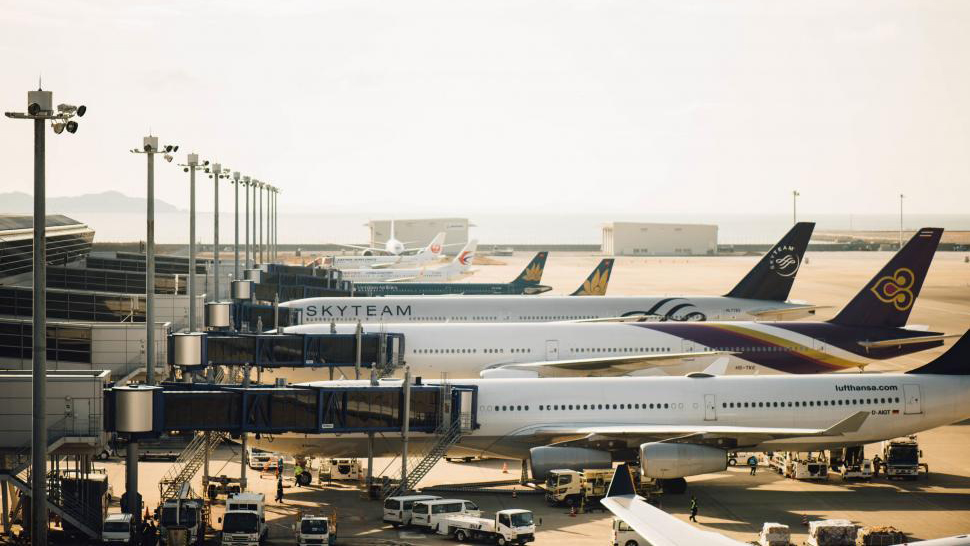Blog
Testing of autonomous towing vehicles at Stuttgart and Tokyo airports
Automation in aviation has gone far beyond the autopilot function. Artificial intelligence is now enabling the development of both on-board and airport systems.
In early July 2024, it was reported that Japan’s largest airline, All Nippon Airways (ANA), together with Toyota Industries, are beginning tests of an autonomous vehicle to tow cargo containers at Haneda Airport in Tokyo.
The autonomous vehicle being tested has the fourth level of automation and impressive capabilities, such as towing up to six containers at a time with a maximum weight of 13 tons and moving between aircraft and airport buildings over a distance of about 2 km. It is able to fully monitor the driving environment, as well as control all functions on defined routes and under the conditions specified in its operational domain (ODD). Toyota Industries and ANA expect the vehicle to be fully operational by the end of next year. The current trial follows a previous trial of similar technology at Saga Airport in 2019, indicating growing demand and confidence in autonomous vehicles for airport operations. The initiative represents a significant step forward in automating ground operations at one of the world’s busiest airports.
Autonomous vehicle testing to advance the air transport industry is also taking place in Europe. In the second half of July 2024, Aurrigo demonstrated the use of its autonomous Auto-DollyTug technology at Stuttgart Airport in Germany. The technology was implemented as part of the Digital Testbed Air Cargo (DTAC) demonstration. The Auto-DollyTug is used to transport air cargo units (ULDs), with the ability to load or unload automatically. Unit Load Devices are special pallets and containers used in air transport to safely transport cargo.
The demonstration took place on the airport tarmac and included a demonstration of a range of functions, such as: autonomous transport of cargo containers to the aircraft, autonomous recognition of the loading device (high loader) and handover of the cargo, movement in mixed traffic with conventional vehicles and pedestrians, including giving way and detecting static and dynamic obstacles.
The initiative is led by the Frankfurt University of Applied Sciences in cooperation with the Fraunhofer Institute for Material Flow and Logistics (IML) and key operational partners including Flughafen Stuttgart GmbH, Fraport AG and Sovereign Speed GmbH. The Auto-DollyTug is to be implemented at six airports worldwide. Its functions exceed the capabilities of traditional aircraft tugs.
The tests show that autonomous vehicles can efficiently and precisely handle both cargo container transport and passenger transport, e.g. in the event of a sudden increase in tourist numbers, which could have a beneficial effect on reducing the risk of a shortage of skilled airport staff.
Autonomous cargo transport is just one of many ways to improve airport operations using automation. Work is underway on autonomous aircraft that move without GPS support, as well as comprehensive solutions that will enable the automation of airport operations, such as: systems for unattended passenger check-in, advanced security systems, passenger recognition and unattended baggage drop-off. Actions in this area are also being taken in Poland. An 8-person bus has already been tested at the Gdańsk airport as part of a pilot program. The device was tested for use as a shuttle vehicle for transporting airport employees, including flight crews.


